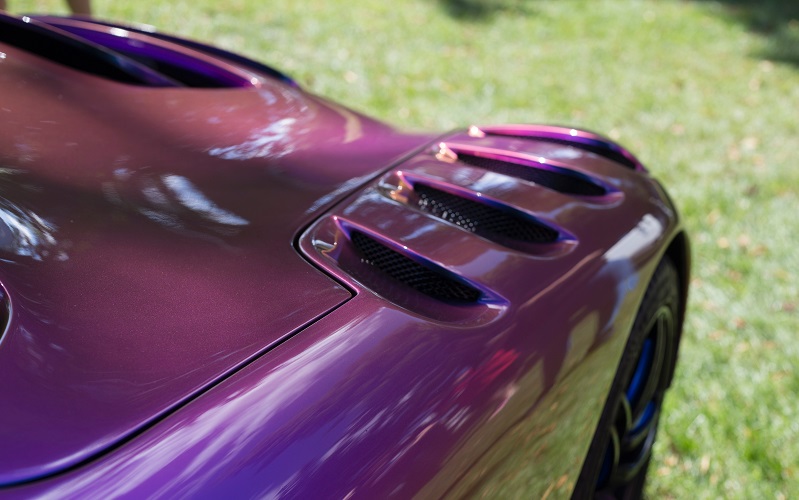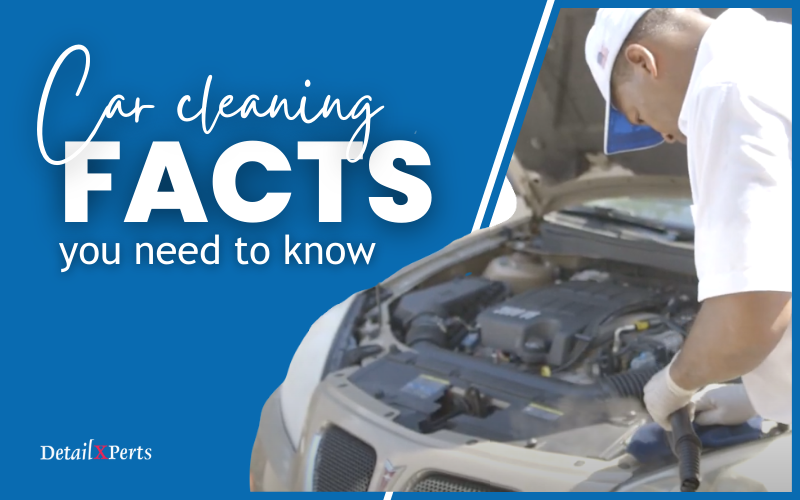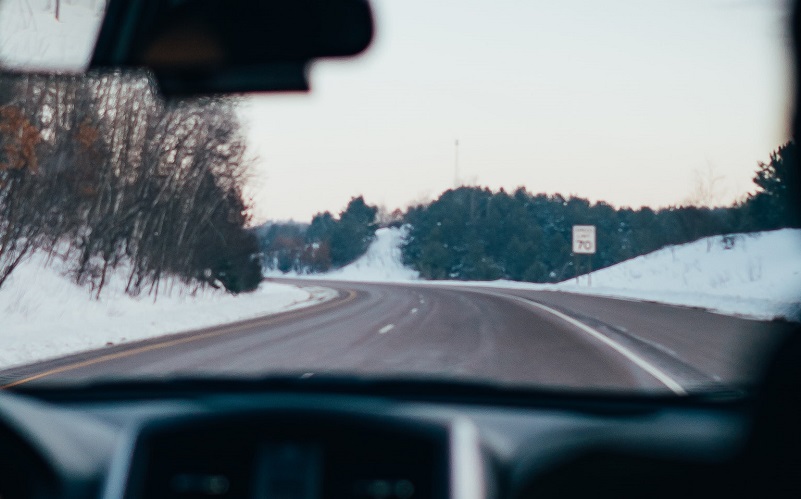Maintaining your car’s value and keeping it in pristine condition should be a top priority as a car owner. Doing so takes a little work, but the benefits are sure to outweigh the costs in the end. Keeping up on maintenance and regularly cleaning and waxing your car are the best ways to keep it in great shape. Want to know how to wax your car? We’ve compiled a short guide details how waxing your car benefits it.
1.Make the Most of Your Wax
Firstly, you need to make sure you choose the right product to wax your car. First of all, ensure the waxing product you have is designed specifically for cars with and contains a wax finish. By doing so you will get the most out of your car wax and have some left over for when it wears off and you need to reapply. You can use mild dish detergent if you prefer. However, it won’t have the same effects as waxing in leaving a beautiful, glossy finish.
2.Prepping Your Car for Waxing
The first practical step is to prep your car for waxing. Using mild soap and water wash your car to remove any animal droppings, bugs, grime and dirt from the surface. Washing your car regularly prevents these contaminants from permanently staining your car and causing corrosion. Once you have thoroughly cleaned your car, use a non-abrasive terry cloth to dry it (see Step 2). It’s very important that you completely clean and dry your vehicle before waxing. Wax has a tough time sticking to moisture and dirt.
3.Non-Abrasive Towels are Necessary
This step is an important one to consider. When drying your car after cleaning, make sure you use a non-abrasive terry cloth. Vehicle owners often think they can use any kind of clean cloth to dry their car, but they can scratch and damage the paint work and exterior surface of your vehicle. Non-abrasive terry cloths prevent scratches from forming by picking up any small particles instead of pushing them around. Removing scratches from your car’s surface require a lot of care, can be costly, and can take time, so avoiding paint scratches from the start by using a non-abrasive cloth or towel is sure to save you time and money, and keep your car looking in pristine condition.
4.What’s The Difference Between Waxing and Polishing?
The difference between waxing and polishing is quite simple. Polishing only really improves the superficial and cosmetic look of the car in that it leaves it looking shiny and new. Waxing, on the other hand, acts as a protectant to the car and coats the surface of the car with wax polymers and resins to protect the exterior of the vehicle.
5.The Do’s and Don’ts of Car Waxing
After drying your car it’s time to apply the wax. Knowing the proper way to apply the wax is imperative for it to be effective. Your car should be smooth and grit-free after washing and drying, but run your hand over the surface to double check. If you do feel any lumps and bumps, use a non-abrasive auto body cleaner to clean up the rough spots. Once the surface is smooth (like glass) apply the wax in clockwise, circular motion. You can use a spray wax but, even though they go on easier, they don’t last as long. When wax has been applied to all surfaces of your car, go back to the area you started on and use a terry cloth to remove the wax by using an anti-clockwise, circular motion.
6.How Much Wax Should You Use?
When waxing your car, keep in mind that less is more. A small amount of wax will go a long way in protecting the finish of your vehicle. As a rough guide, a silver dollar-sized amount should be fine for each 2’ x 2’ sections of your car. If you divide your car into sections and wax a section at a time it should ease the process and ensure you use the correct amount. Check the manufacturer’s directions as a reference.
7.The Best Time to Wax Your Car
You might not think it, but there is a best time to wax your car. It is best to apply the wax on a cloudy day or in late afternoon, when the sun is not at its strongest. Heat from the sun can interfere with the wax by baking it into your car and leaving a waxy residue which can be difficult to remove. The optimum temperature for waxing your car is around 60 – 80 degrees Fahrenheit. At this temperature the wax is liquid and will be easy to apply. Consider waxing your car in your garage where the temperature is controlled and the sun’s rays can’t penetrate.
8.Let the Wax Sit for a Few Minutes per the Car Wax Instructions.
Once you have waxed and buffed the car’s exterior surface, let it sit for the amount of time suggested by the manufacturer. This information will be located on the product’s packaging. You may be required to wax and buff sections of your car, stop, then wipe it away before continuing to the next section.
9.Using a Microfiber Cloth to Remove the Wax and Give Your Car the Perfect Polish.
To give your car the perfect polish, use one side of a microfiber cloth to wipe away the wax from your car. Use circular motions. When you feel the cloth begin to drag across the car, it means there is too much buildup on the cloth. Flip the cloth over and continue removing the wax for a smooth finish. Wipe off all remaining wax residue then polish your car to a high shine.
10.Learn How to Eliminate Streaking to Make the Most of Your Finish.
If you’re still experiencing streaking once you’ve removed all the wax from the surface of your car, follow this simple tip to resolve the problem: Add a teaspoon of rubbing alcohol to a spray bottle of distilled water and shake vigorously. Spray this mixture to the areas of the car where the stubborn streaks are appearing and wipe it away with a microfiber cloth. This should completely remove all streaks and leave your car with a high shine and glossy finish.
If you’ve read our 10 steps on how to wax your car and think it sounds like too much hard work, let us do the dirty work for you. We can clean and wax your car while you carry on with your day. Schedule an appointment with DetailXPerts today.
Enjoyed this post? Sign up for our newsletter to receive more valuable tips, ideas, coupons, and extras!





